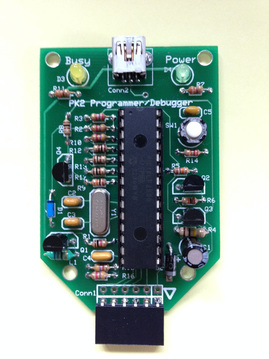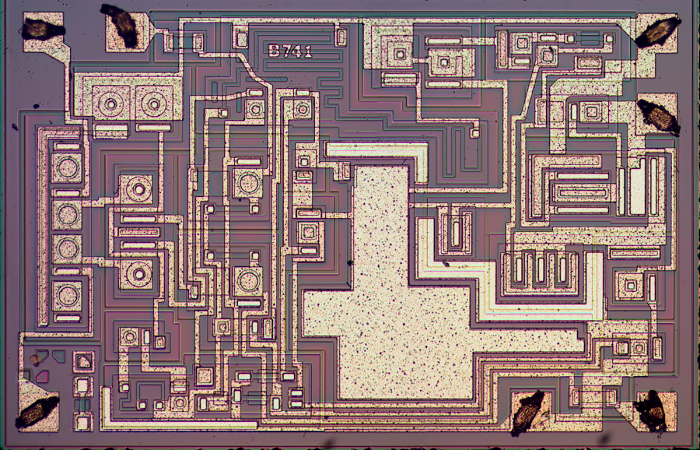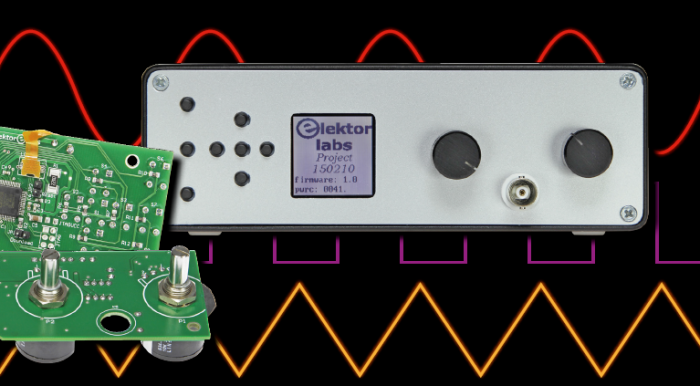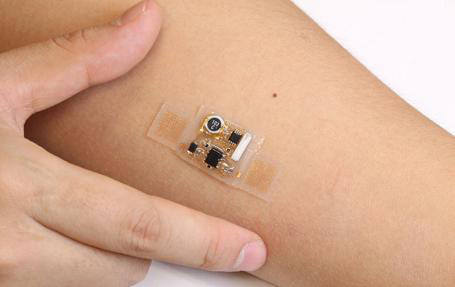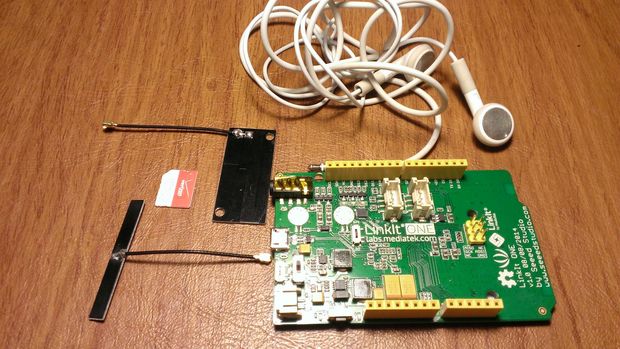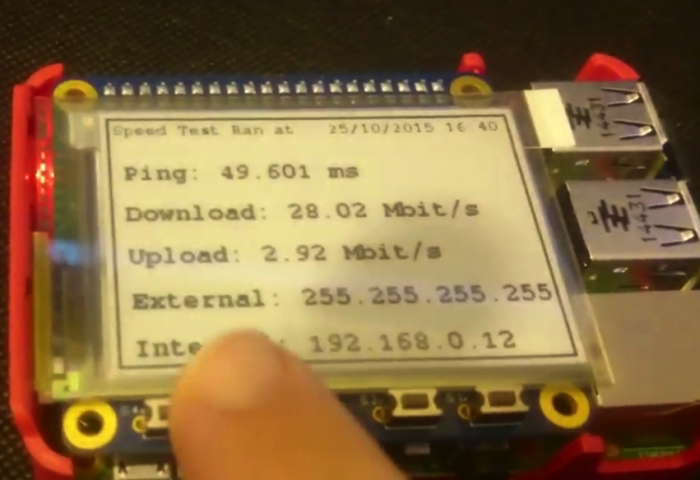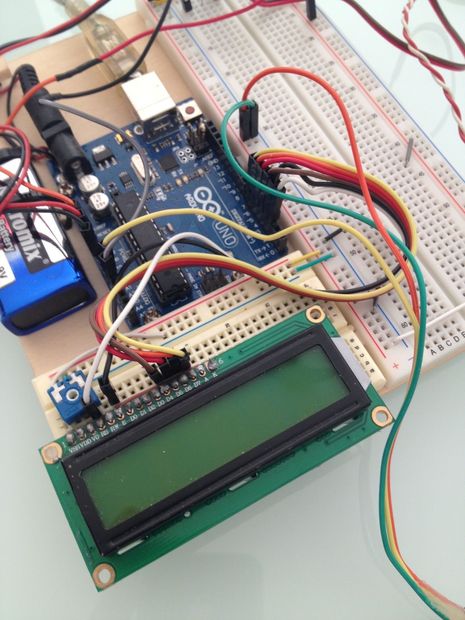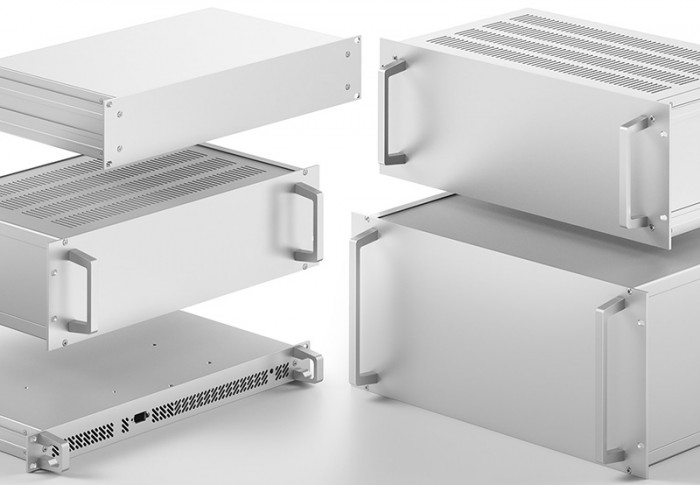
With plug-in enclosures from Fischer Elektronik, it´s easy to solve placing your device into a 19“ „rack“.
What enclosure to use for your electronic device and how to sort them when there are several ones on one place? That´s the question reaching almost to beginnings of electronics. No wonder, that since those times a lot of solutions were developed, which were so good, that they´re actual even nowadays. One of such examples is also a known modular 19“ system (482,6 mm wide), where various electronic devices are placed into a carrying rack.
This system is highly modular and at a fixed width it enables to use various height of devices. That´s why in a 19“ system can often be found thin (slim) devices only few centimeters high, but also giants with a height of several tens of centimeters.
Company Fischer Elektronik as a well known producer of device enclosures, heatsinks and connectors, produces a wide range of enclosures suitable for the 19“ system, where you certainly can find a type suitable for your application. A good example is the VESA series. VESA is a universal series of robust enclosures with removable top plate (cover). It´s available in width of 1U to 6U, what represents 43,8 – 264 mm.
Available are three various depths – 260, 300 and 360 mm. The enclosure consists of easy-to-assemble aluminium profiles. Guiding slots inside enable easy installation of PCBs and also available are various accessories and modifications like hands, lock and panels with ventilation openings. Into the enclosure, it´s possible to place a mounting plate (MPH) into the enclosure, which creates as if a double deck and also TS CE mounting rail. Drawings and detailed information about this enclosure can be found on page N8 in the Fischer enlosures catalogue.

19″ system of enclosures will provide you unexpected space – [Link]



